Spinalonga, a small island off the coast of Crete, has captured the imagination of visitors for centuries. Once a Venetian fortress and later a leper colony, the island now stands as a haunting reminder of the island’s tumultuous past. Paired with a tour of the picturesque Agios Nikolaos, a refreshing swim at the stunning Voulisma Beach, and a traditional Cretan meal in Plaka, this excursion promises to immerse travelers in Crete’s rich history and natural beauty. With its captivating mix of historical significance and breathtaking landscapes, this tour offers an unforgettable glimpse into the diverse cultural tapestry that defines the island.
Key Points
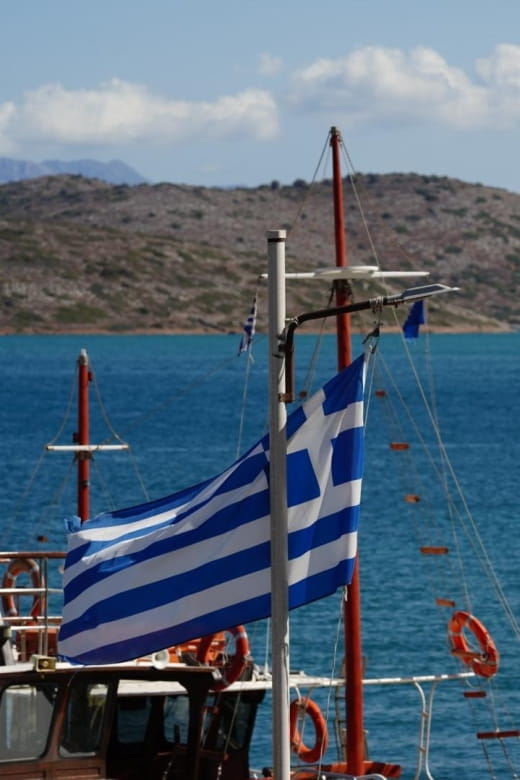
- This tour offers a comprehensive exploration of the historic Spinalonga Island, including its Venetian fortress, Ottoman era, and leper colony history.
- The tour also includes visits to other notable sites in the region, such as the Monastery of Kremasta, Voulisma Beach, Agios Nikolaos, and Plaka.
- The tour is priced at $871.30 for groups of up to 4 participants and includes a private guide, audio guide in Russian, and flexible booking with free cancellation.
- Highlights of the tour include the architectural beauty of the Venetian fortress, the haunting ruins of the leper colony, and the stunning natural scenery of the Gulf of Elounda.
- The tour provides a unique opportunity to immerse in the cultural and historical significance of Spinalonga Island and the surrounding region.
Tour Overview and Pricing
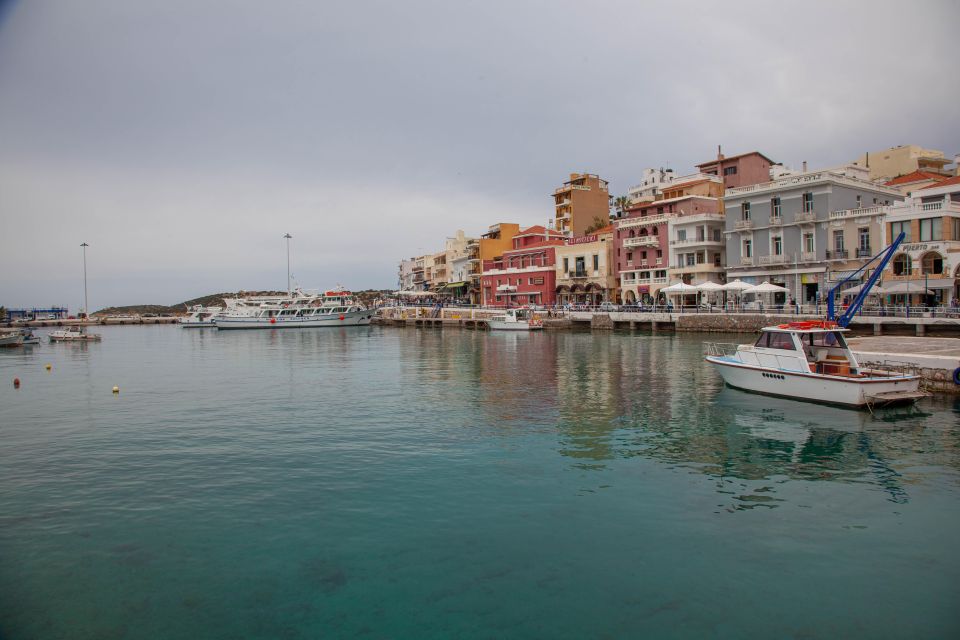
This Spinalonga tour offers a comprehensive exploration of the island, including visits to the historic Venetian fortress, the former leper colony, and the picturesque surrounding areas.
The tour is priced at $871.30 per group (up to 4 participants) and provides a flexible booking option with free cancellation up to 24 hours in advance.
Participants can choose from various starting times, and the experience includes a private group tour with a live guide and audio guide in Russian, as well as hotel pickup and drop-off.
The tour’s itinerary highlights key attractions such as the Monastery of Kremasta, Voulisma Beach, Agios Nikolaos, and the fishing village of Plaka, where participants can enjoy Cretan cuisine.
You can also read our reviews of more tours and experiences in Agios Nikolaos.
Itinerary Highlights
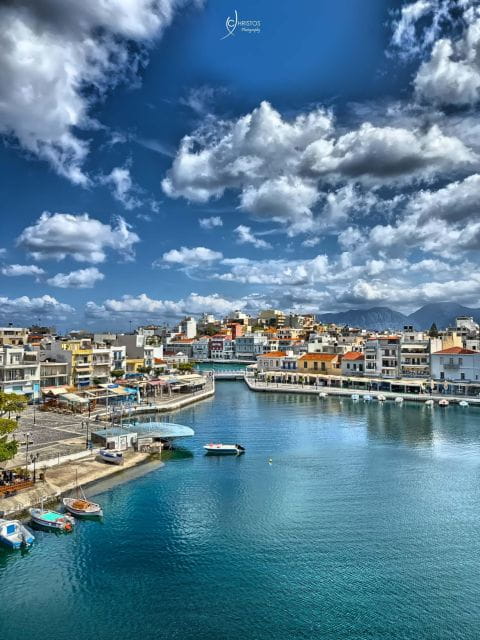
The tour begins with a stop at the Monastery of Kremasta, where participants spend approximately 45 minutes exploring the historic site. Next, the group heads to Voulisma Beach, one of the best beaches in northern Crete, where they’ll spend around 1.5 hours swimming and relaxing. The tour then moves on to Agios Nikolaos, where guests enjoy a guided tour of the town and free time for exploration. The final destination is the fishing village of Plaka, where the group indulges in a meal featuring traditional Cretan cuisine while taking in views of the nearby Spinalonga Island.
| Itinerary Highlights | Duration |
|---|---|
| Monastery of Kremasta | 45 mins |
| Voulisma Beach | 1.5 hours |
| Agios Nikolaos | Guided tour + free time |
| Plaka | Meal with Spinalonga view |
Spinalonga Island Exploration
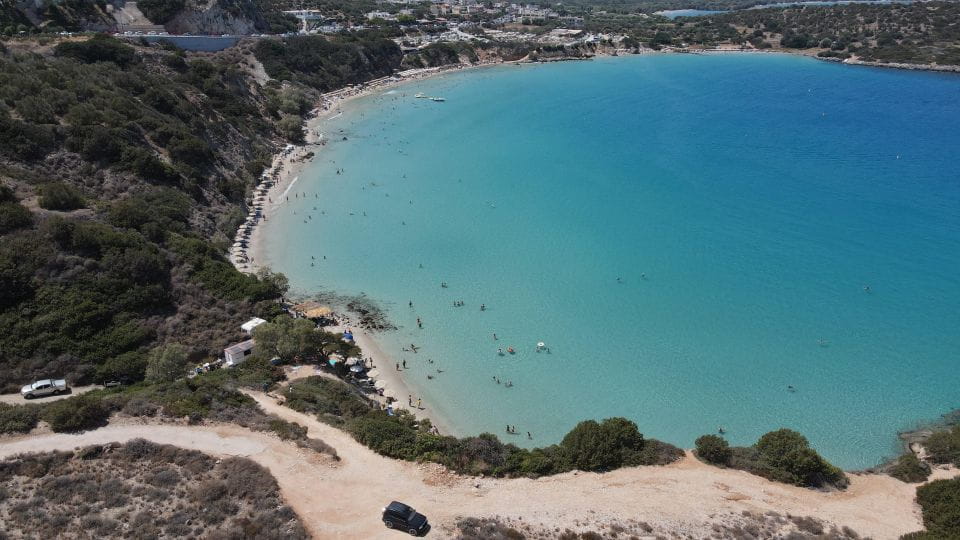
Visitors explore the Venetian fortress built between 1579 and 1586, marveling at its strong walls and defenses against Ottoman invasions.
They learn about the island’s transition from Ottoman rule to autonomy in the late 19th century.
Participants then explore the history of the leper colony established on Spinalonga in 1903, discovering the self-sufficient community that included hospitals, homes, and schools, and hearing stories of resilience.
Participants walk through the hauntingly beautiful ruins that reflect Spinalonga’s turbulent history, gaining an understanding of the island’s designation as a historical monument in 1970 and the ongoing preservation efforts.
Throughout the exploration, they’re struck by the tranquil surroundings that contribute to Spinalonga’s peaceful retreat atmosphere.
Venetian Fortress
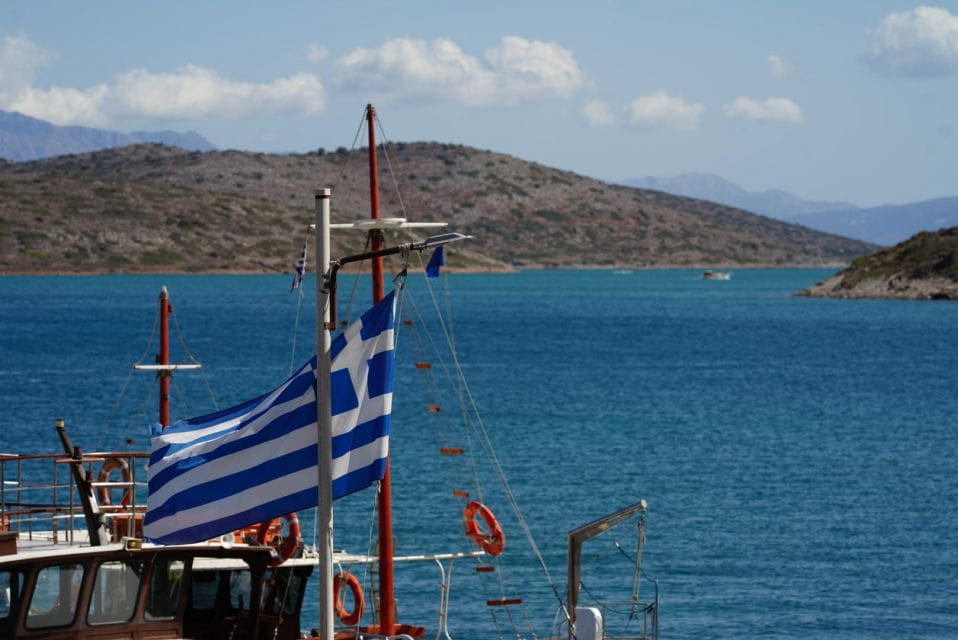
Constructed between 1579 and 1586, the Venetian fortress on Spinalonga Island stands as a testament to its builders’ engineering prowess and the island’s strategic importance during that era. With its imposing walls, bastions, and defensive structures, the fortress was designed to withstand Ottoman invasions and protect the nearby Venetian-controlled areas. The fortress showcases the architectural style of the time, featuring a combination of Venetian and Ottoman influences. As visitors explore the site, they can marvel at the intricate masonry work and imagine the bustling activity that once filled the fortress’s various buildings and courtyards.
| Feature | Description |
|---|---|
| Architectural Style | Venetian and Ottoman influences |
| Purpose | Defend against Ottoman invasions |
| Construction Period | 1579 – 1586 |
Ottoman Era Insights
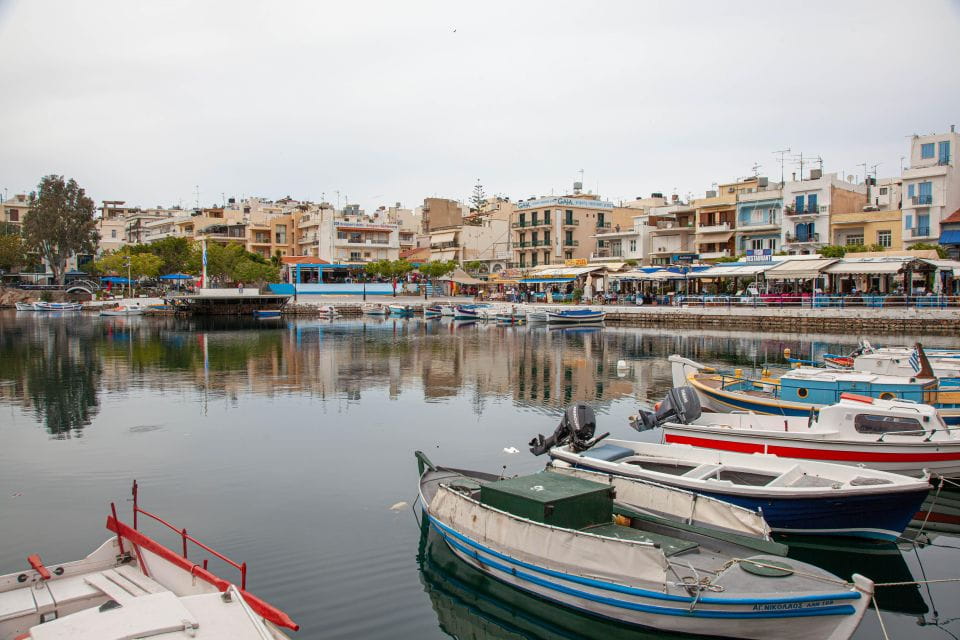
Following the Ottoman conquest of Crete in 1669, Spinalonga experienced a period of transition as the island came under Ottoman rule.
During this era, the fortress underwent modifications to accommodate the new governing power, with the addition of architectural elements reflecting Ottoman influence.
Historians recount how the island’s inhabitants adapted to the changing political landscape, navigating the complexities of living under a new administration.
The Ottomans maintained control of Spinalonga for over two centuries until the island’s transition to autonomy in the late 19th century.
This era offers insights into the island’s dynamic history, showcasing how it evolved under shifting political dynamics and the resilience of its people in the face of these changes.
- Zeus Cave & Lassithi Plateau (Safari Adventure Offroad Excursion)
- Katharo Route Tour From Agios Nikolaos
- Sarakina Gorge & High Mountains & South Coast & (Luxury Adventure)
- EAST CRETE: Lasithi, Elounda, Spinalonga, Agios Nikolaos!
- From Heraklion: Cave of Zeus & Knossos Palace Private Tour
- Richtis Gorge Private Guided Hiking Tour
Leper Colony History
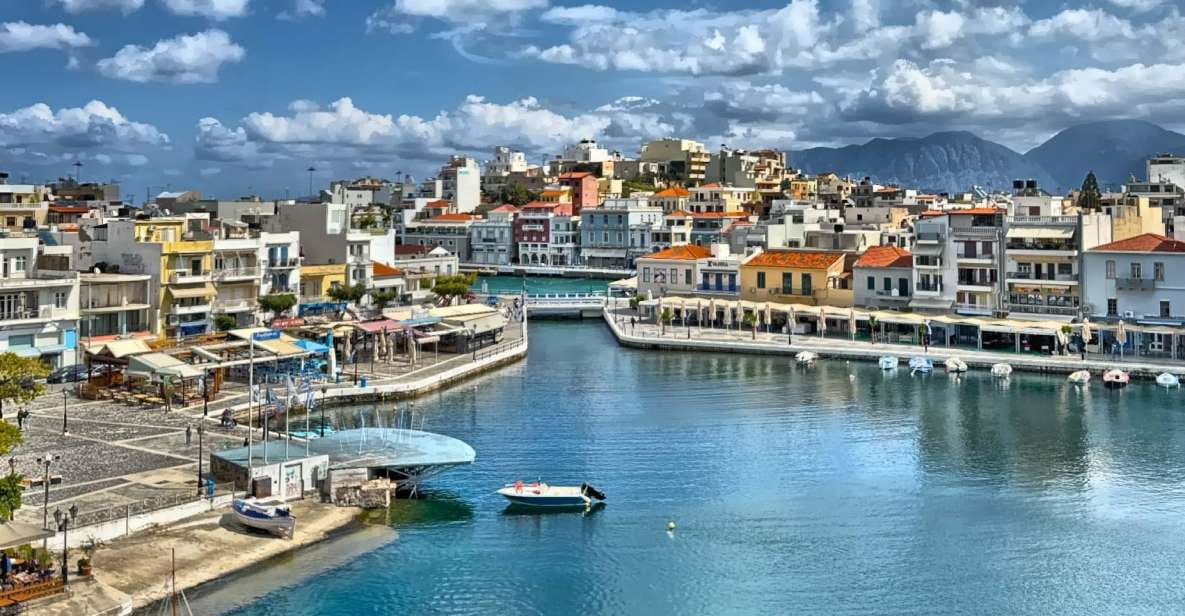
In 1903, Spinalonga became home to a self-sufficient leper colony, providing a safe haven for those afflicted with the disease. Established as a response to the growing public health crisis in Crete, the colony offered residents specialized medical care, housing, and educational facilities, fostering a resilient community that endured the social stigma associated with leprosy.
Patients built their own homes, maintained gardens, and operated community services like hospitals and schools. Though isolated from the mainland, Spinalonga’s leper colony allowed its residents to lead dignified lives, finding community and purpose amidst the hardships of their condition.
This unique chapter in the island’s history reflects both the empathy and the prejudices of its time, a testament to the human capacity for compassion and resilience.
Abandoned Structures
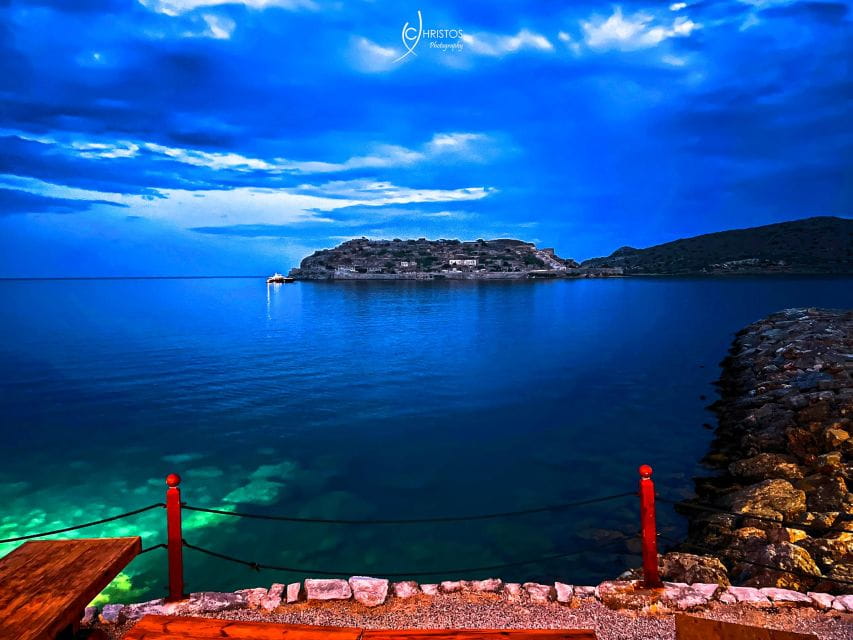
As visitors stroll through the island, they encounter the hauntingly beautiful ruins that dot Spinalonga’s landscape, remnants of the island’s turbulent past.
These abandoned structures, once bustling with activity, now stand as silent witnesses to the island’s complex history. Visitors can explore:
- The crumbling remains of homes and businesses that once served the island’s self-sufficient leper colony, a poignant reminder of the hardships faced by those who lived in isolation.
- The eerie silence of abandoned hospitals and medical facilities, where the unfortunate residents sought treatment and solace.
- The haunting presence of schools and other communal buildings, where the children of Spinalonga once learned and played, now frozen in time.
These ghostly relics evoke a sense of melancholy, yet also inspire contemplation on the resilience of the human spirit.
Natural Beauty and Scenic Views
Visitors to Spinalonga are treated to stunning vistas of the Gulf of Elounda as they stroll along the island’s peaceful shores. The tranquil surroundings contribute to Spinalonga’s serene retreat atmosphere, allowing travelers to enjoy the island’s natural beauty.
Vibrant blue waters lap gently against the rocky coastline, framed by verdant hills and the distant mountains of Crete. Every step offers new perspectives, from sweeping panoramas to intimate glimpses of the island’s secluded coves.
This picturesque setting provides a welcomed respite from the bustle of everyday life, inviting visitors to slow down, breathe deeply, and simply enjoy the beauty of their natural surroundings.
Frequently Asked Questions
Is This Tour Suitable for Families With Young Children?
This tour may not be well-suited for families with young children. The itinerary includes sites that could be inappropriate or challenging for young kids, and the tour lacks specialized activities or accommodations for families with young children.
What Is the Duration of the Tour?
The tour has a flexible duration, with the tour overview stating it is valid for 1 day. The specific itinerary highlights suggest the full tour experience lasts approximately 6-7 hours, including stops at various locations.
Can the Tour Be Customized to Include Additional Activities?
The tour can likely be customized to include additional activities, though this may incur additional costs. Travelers should inquire with the tour operator about the possibility of adding or modifying the itinerary to suit their preferences.
Is There an Option to Take the Tour in a Different Language?
Yes, the tour can be taken in different languages. The tour offers a live tour guide and audio guide in Russian, and it’s likely that other language options are available upon request, subject to guide availability.
What Is the Cancellation Policy for the Tour?
The tour has a flexible booking policy that allows customers to reserve now and pay later. Plus, they can cancel up to 24 hours in advance for a full refund.
Recap
The Spinalonga, Agios Nikolaos, Voulisma & Plaka Tour offers a captivating exploration of Crete’s rich history and stunning landscapes.
Visitors can discover the haunting ruins of Spinalonga Island, once a leper colony, marvel at the Venetian fortress, and enjoy a refreshing swim at Voulisma Beach.
The tour concludes with a guided exploration of Agios Nikolaos and a traditional Cretan meal in Plaka, all while soaking in breathtaking views of the Gulf of Elounda.
More Tours in Agios Nikolaos
- Crete: Private Tour with Classic Mercedes/ Choose a Daytrip
- Crete: Spinalonga-Plaka-Agios Nikolaos Tour
- Agios Nikolaos: Golden Hour Sailboat Tour with Wine & Snacks
- Uncharted East Crete & Local Secrets Private Tour from Elounda
- Your Tailored Elafonisi Escape. Luxury Day Tour from Elounda.
- VIP Luxury Private Tour – Full Day – 4×4 Excursion With Land Rover
More Tour Reviews in Agios Nikolaos
Not for you? Here's more things to do in Agios Nikolaos we have recnetly reviewed
- Malia: Amazing Places in Eastern Crete
- SPINALONGA-AGIOS NIKOLAOS-ELOUNDA(WITH BBQ)
- Rethymno Bali&Panormo:Day Trip to Agios Nikolaos &Spinalonga
- Sivota-Blue Lagoon: Sea Kayaking Tour with Snorkeling
- Crete: Spinalonga Boat Tour with BBQ & Agios Nikolaos
- From Heraklion & Nearby: Agios Nikolaos Day Trip by Bus
- Spinalonga & Agios Nikolaos with BBQ
- Heraklion: Spinalonga only French Guide lunch in restaurant
- Greek food tasting experience
- Crete: Kritsa Canyon Guided Hiking Tour
- Full-Day Tour: Spinalonga ,Elounda & Ag. Nikolaos with Lunch
- Heraklion: Spinalonga and Agios Nikolaos Cruise with Lunch
